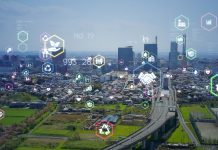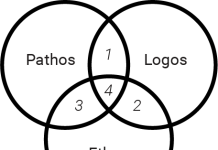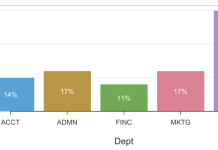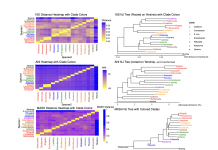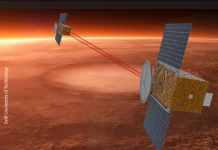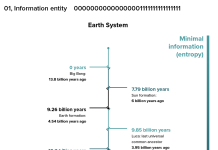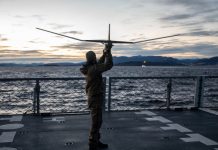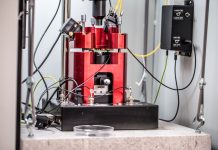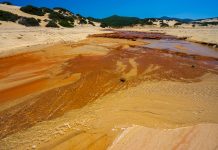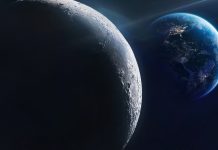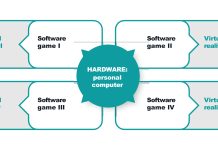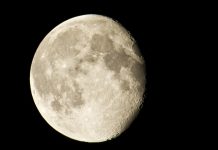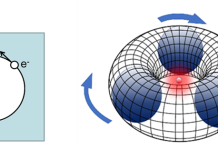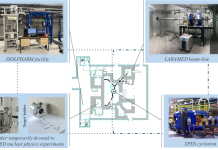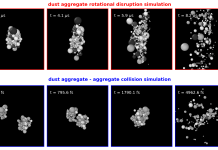Open Access Government produces compelling and informative news, publications, eBooks, and academic research articles for the public and private sector looking at health, diseases & conditions, workplace, research & innovation, digital transformation, government policy, environment, agriculture, energy, transport and more.
Home 2025
Archives
Science Platform Sustainability 2030: Bridging science and policy for sustainable transformation
Julian Trutz Müller, a Scientific Officer at GERICS/wpn2030, discusses the importance of bridging science and policy for sustainable transformation, using the case study of the Science Platform Sustainability 2030 (wpn2030).
The dome marketplace: Building a trusted, unified cloud & edge ecosystem for Europe
Digital sovereignty remains a strategic priority for Europe, aiming to strengthen its digital resilience and empower European companies to compete globally in a trusted and transparent environment.
The collective organization of science denial: Toward a framework for collective response
The recent volume “Organized Science Denial. An Action Plan for Solutions” edited by Elena Bruni and Lianne M. Lefsrud, hosts the voices of scholars in organization theory to reflect about the collective dynamics of denial and its implications in this currently complex world.
Professional, interactive data visualization for everyone: lessR
David Gerbing, Ph.D, from Portland State University, explores professional, interactive data visualization for everyone through lessR.
Lost in taxonomy: Why bacterial type strains are the anchor we need
Professor David Ussery and Dr. Ake Vastermark, bioinformatics and microbial taxonomy experts at Oklahoma State University, introduce the challenges of defining bacterial species in an era of rapidly expanding genomic data. Their article highlights how modern genome-based tools can bring clarity to this evolving field.
Cladoselache, a puzzling ancient shark-like fish
Loren E. Babcock, Professor in the School of Earth Sciences at The Ohio State University, introduces research on Cladoselache, a puzzling ancient shark-like fish.
MaQuIS: Pioneering quantum space exploration to unlock Mars’ interior and atmosphere
B.C. (Bart) Root, an Assistant Professor at Delft University of Technology, discusses pioneering efforts in quantum space exploration aimed at unlocking the secrets of Mars’ interior and atmosphere.
Information and entropy, infotropy, life and time
Dr Peter Verheyen, DMD from Sola Society & Academy, Vienna University, explains the intriguing areas of information and entropy, plus infotropy, life and time.
The future of brain interfacing
Neural Speech Inc. aims to provide a link to the outside world for people who are unable to communicate. CEO and Chief Scientist, Philip Kennedy, explains the potential opportunities associated with brain interfacing.
Decoding Ukraine’s naval victories: A logic model approach
This article introduces the Black Sea Battle Lab (BBL) logic model, a framework designed to trace how Ukraine’s operational responses to Russia’s invasion link strategic pressures to measurable outcomes and broader doctrinal insights.
Atomic-Force Microscopy (AFM) data: Are these images real?
Focusing on atomic-force microscopy (AFM) data, Nancy A. Burnham examines the challenges in image processing for scientific research, highlighting how different techniques yield varied images and clearer views of key features. The choices researchers make during processing can therefore lead to differing conclusions, underscoring the importance of critical evaluation in scientific publications.
Vaporization impacts surface tension
In this article, Prof Dr-Ing. Jörg Volpp from University West, Trollhättan in Sweden, explores how surface tension in pure metals behaves at high temperatures, particularly in the boiling range.
Cadmium (Cd) toxicity and its remediation through plant growth promoting bacteria
This review explores how Cadmium (Cd), a toxic heavy metal that continues to pollute our environment, impacts plants and humans, and examines how plant growth-promoting bacteria (PGPB) can be used for eco-friendly remediation through multi-omics approaches.
Making Europe the epicenter of global scientific talent
Cecilia Van Cauwenberghe explores investment in scientific minds, aiming to build Europe’s future by reflecting on Commissioner Zaharieva’s vision for research and innovation that seeks to establish Europe as the epicenter of global scientific talent.
Driving innovation in lunar water purification technology
Learn about how the UK Space Agency’s International Bilateral Fund (IBF) supported the UK-Canada Aqualunar Challenge to promote advancements in lunar water purification technology.
Quantum mechanics: Are we seeing reality as it is?
Dr Peter Verheyen from the Sola Society and Academy at Vienna University examines whether quantum mechanics and information serve as the fundamental descriptions of reality.
A new era of Lunar exploration: Canada is heading to the Moon
With Canadian astronaut Jeremy Hansen leading the way, Canada is heading to the Moon with humans and robots, as explained by Dr. Gordon Osinski from Western University.
Positron and electron catalysis of neutrino hadronization: How our universe was made: Part III
Constantinos G. Vayenas1, Dionysios Tsousis1,2 and Eftychia Martino1 examine positron and electron catalysis of neutrino hadronization, as they continue to explore how our Universe was made.
Future innovative radionuclides for cancer treatment at INFN
The Italian Institute for Nuclear Physics conducts cutting-edge research in the field of nuclear, particle, and astroparticle physics, as well as in developing technologies for research and their applications to benefit society.
Tiny dust particles in space are the seeds of life
Dr Stefan Reissl and Prof Dr Ralf S. Klessen introduce tiny dust particles in space, the seeds of life, in this intriguing field of astronomy research.

